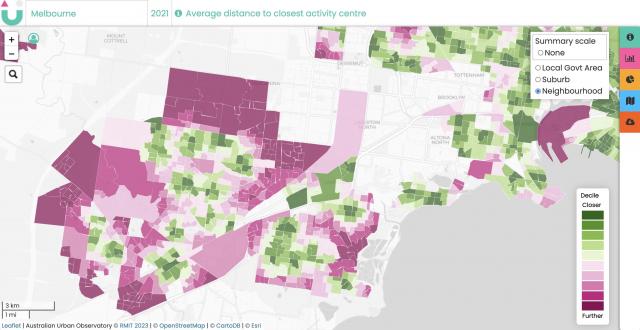Wyndham is one of the least livable areas in the country according to the Australian Urban Observatory, a new urban planning platform hosted by RMIT University.
Using data collected in the 2021 Census, the observatory ranks the livability of 21 cities across Australia according to nine key indicators including people, housing, walkability, employment, and social infrastructure.
The results are displayed on colour coded maps showing how cities, local government areas and individual suburbs perform on each measure.
It’s hoped that data provided by the AUO will lead to better housing and planning decisions in the future.
AUO director and RMIT associate professor Melanie Davern said Wyndham’s results were in keeping with outer-urban areas across the country.
“When you look at a map of Melbourne or any of those (Australian cities), you see that the older, more established parts in the center of those cities do really well for livability,” she explained.
“But when you look at our growing cities on the edge of the growth areas, this is where you see the change in livability.”
She said outer-urban areas like Wyndham performed poorly for the same reasons.
“They all suffer in terms of the delivery of services, whether it be to doctors, to schools, to have access to public transport, because of the growing nature and the way that we plan.”
The same trend is evident at a suburban level too, with Hoppers Crossing the most liveable suburb in Wyndham, while Mambourin near Wyndham Vale was the least liveable and in the bottom five per cent nationally.
Professor Davern said the ability to break down results into individual suburbs is what will make the AUO most valuable to councils and planners.
“People are like places, we all have our strengths and weaknesses.
“If we don’t know what our strengths are and what our weaknesses are, we don’t know how to make ourselves or places better.”
The Australian Urban Observatory can be found at: https://auo.org.au/







